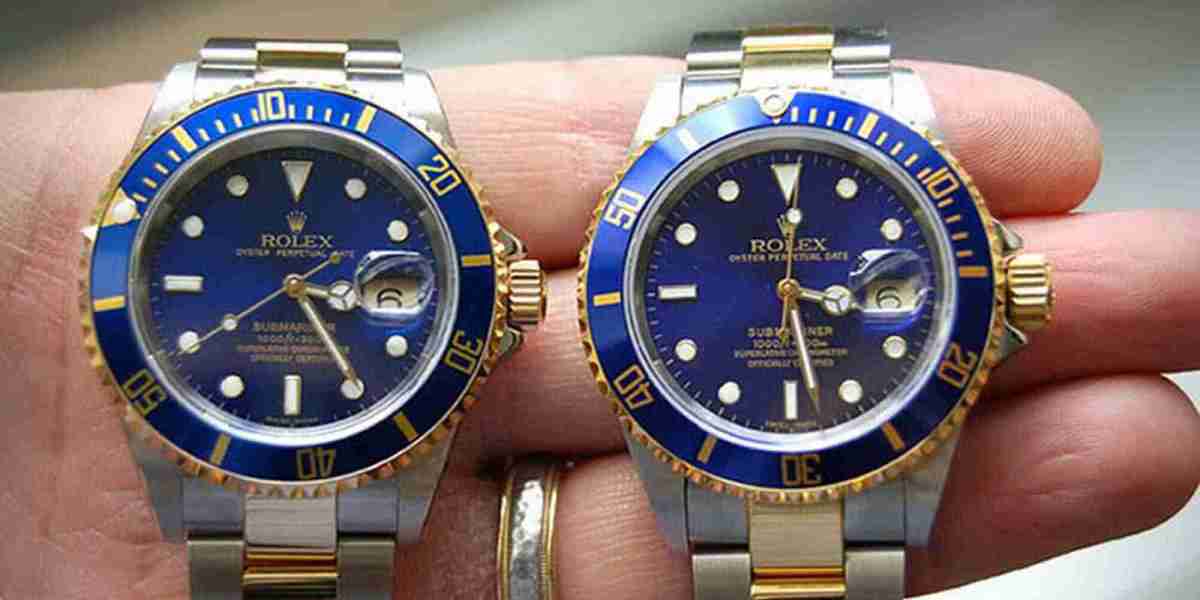Introduction:
Rolex is a renowned Swiss luxury watchmaker known for its high-quality timepieces. However, the market is flooded with replica Rolex watches that closely mimic the authentic ones. These replicas are often sold at a fraction of the price of a genuine Rolex. This article aims to provide a detailed analysis of replica Rolex watches and highlight the key differences between them and the authentic ones.
History of Rolex Watches:
Rolex was founded in 1905 by Hans Wilsdorf and Alfred Davis in London, England. The brand quickly gained a reputation for producing high-quality, reliable timepieces. Over the years, Rolex watches have become synonymous with luxury, precision, and status. The brand has introduced several iconic models, such as the Submariner, Daytona, and Datejust, which have become highly sought-after by watch enthusiasts around the world.
Replica Rolex Watches:
Replica Rolex watches are unauthorized copies of genuine Rolex watches that are made to closely resemble the original designs. These replicas are often manufactured in countries like China and Thailand, where labor costs are low. The manufacturers of replica Rolex watches use cheaper materials and production methods to keep the cost of production low. This allows them to sell the replicas at a much lower price than genuine Rolex watches.
Key Differences between Replica and Genuine Rolex Watches:
- Materials: One of the most significant differences between replica and genuine Rolex watches is the materials used in their construction. Genuine Rolex watches are made of high-quality materials, such as stainless steel, gold, and sapphire crystal. On the other hand, replica Rolex watches are often made of cheaper materials, such as low-grade steel and plastic.
- Movement: The movement of a watch refers to the mechanism that powers its timekeeping functions. Genuine Rolex watches are equipped with high-precision, Swiss-made movements that are known for their accuracy and reliability. In contrast, replica Rolex watches often use low-quality, generic movements that may not keep time as accurately as their authentic counterparts.
- Finishing: Rolex watches are known for their impeccable finishing and attention to detail. Genuine Rolex watches are hand-finished by skilled craftsmen who ensure that every component is perfectly polished and aligned. Replica Rolex watches, on the other hand, are mass-produced using automated processes, which may result in inconsistencies in finishing and quality.
- Engravings: Genuine Rolex watches feature intricate engravings on the case back, clasp, and other parts of the watch. These engravings are often sharp and precise, reflecting the brand's commitment to quality. In contrast, replica Rolex watches may have poorly executed engravings that are not as crisp or accurate as those found on genuine Rolex watches.
- Weight: Genuine Rolex watches have a solid, substantial feel to them due to the high-quality materials used in their construction. Replica Rolex watches, on the other hand, may feel lighter and less sturdy, as they are often made of inferior materials.
Conclusion:
In conclusion, replica Rolex watches are cheap imitations of genuine Rolex watches that are made using lower-quality materials and zenith kellot production methods. While some replica Rolex watches may closely resemble the authentic ones at first glance, a closer inspection reveals key differences in materials, movement, finishing, engravings, and weight. It is essential for consumers to be aware of these differences and to purchase Rolex watches from authorized dealers to ensure they are getting a genuine product.



